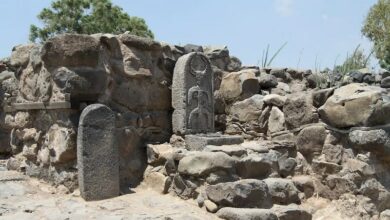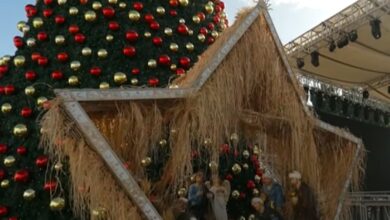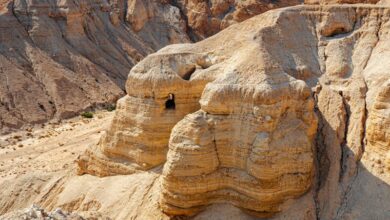Home of Temple priest from era of Jesus and disciples discovered
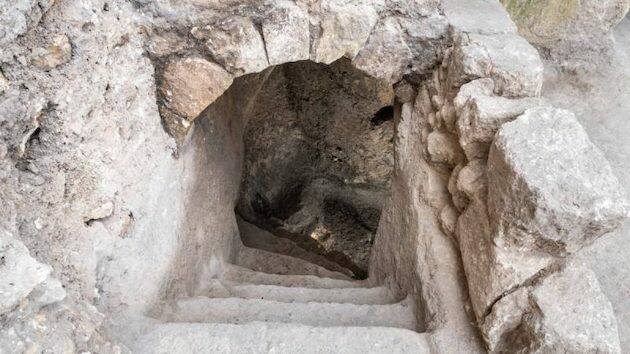
A ritual bath (mikveh) most likely used by a temple priest during the time of Jesus has been discovered in Jerusalem.
The bath, dating back to the late Second Temple period near the Temple Mount, was unearthed while excavation was carried out to install an elevator for handicap access. The stunning discovery was announced by the Hebrew University of Jerusalem’s Institute of Archaeology. The team heading up the excavation is led by Michal Haber and Dr. Oren Gutfeld.
The ritual bath was located inside an ancient private, early first-century villa belonging to a priestly family. Also discovered in the home’s ruins was an ornate vaulted ceiling, detailed masonry and Roman pool that gives clues to the lifestyle of Tempe priests during the time of Jesus and the disciples.
The villa is located atop a cliff in the “Upper City”— a term used by historian Josephus Flavius to describe the area of Herod’s City, which housed Jerusalem’s elites.
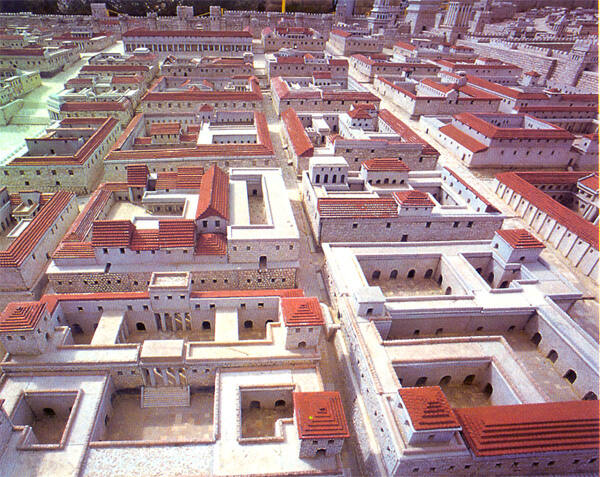
“While several other ritual baths have been unearthed in the area, the importance of this particular discovery stems from its striking proximity to the Temple Mount” Haber said.
The villa, Second Temple and the rest of Jerusalem were destroyed by the Roman Empire in 70AD after Jews initiated a revolt against the occupation of their ancestral homelands. It is estimated that 750,000 Jews, including Jewish followers of Yeshua (Jesus), were slaughtered and the rest spread out across the Roman empire. Rome then renamed the area “Palestina” in an attempt to erase the Jewish connection to the land.
READ: Join us on a tour to Israel to see for yourself!
After the city was destroyed and destroyed again in later invasions, new structures were built upon the ruins, or partially intact remains of the old. Excavating down, archaeolgists find remains of the Ottomans, and before them the Byzantine, crusaders, Romans and Jewish structures. Some date back to the First Temple time under Solomon.
“This kind of discovery is always exciting,” states Metrovoicenews.com publisher Anita Widaman. She makes it a point to include underground discoveries on tours she organizes for readers. “Our tours use archaeological discoveries and other sites to paint a fuller picture of life in the time of Jesus and our guests feel they’ve stepped back in time,” she says.
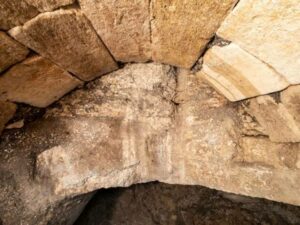 Widaman, who has four tours planned in the next 12 months, says it is impossible for historians to now discount the events in the Bible. “These discovereis are coming faster than academics and Bible scholars can keep up.”
Widaman, who has four tours planned in the next 12 months, says it is impossible for historians to now discount the events in the Bible. “These discovereis are coming faster than academics and Bible scholars can keep up.”
The Israel Antiquities Authority said it will protect and preserve the discovery by incorporating it into the elevator complex.
The elevator excavations unearthed additional artifacts spanning the Second Temple, Roman-Byzantine, and Ottoman periods, including a network of plastered pools and channels. Among the finds were a water cistern holding the remains of dozens of pots, many of which were intact, a section of the “Lower Aqueduct” that transported water from Solomon’s Pools near Bethlehem all the way to the Temple Mount in Jerusalem, and an industrial pool built by soldiers of Rome’s Tenth Legion who were stationed in Jerusalem in 130 CE.
Jerusalem Affairs Minister Zeev Elkin, who inaugurated the Western Wall Elevator Project, called the discoveries “truly exciting.”
The Byzantine lamp from a later period, also offers clues of the early church.
The ceramic oil lamp is inscribed with the phrase “The Light of Christ shines for all” in Greek. This phrase may have its source in the ceremony of the Holy Fire, part of the Easter celebrations at the Church of the Holy Sepulchre. Such oil lamps, dated primarily to the 6th and 7th centuries CE, may have been purchased by Christian pilgrims who flocked to the Byzantine city they called “Hierosolyma.”
–Metro Voice and wire services




